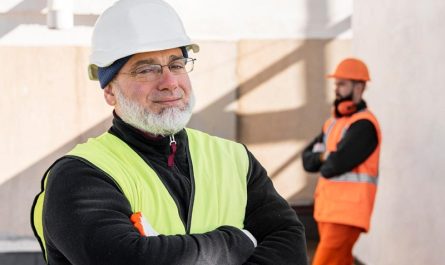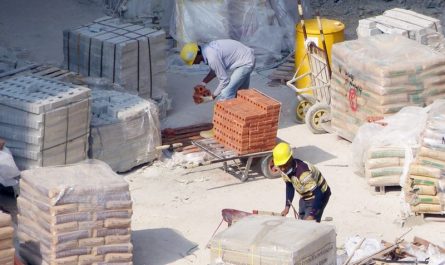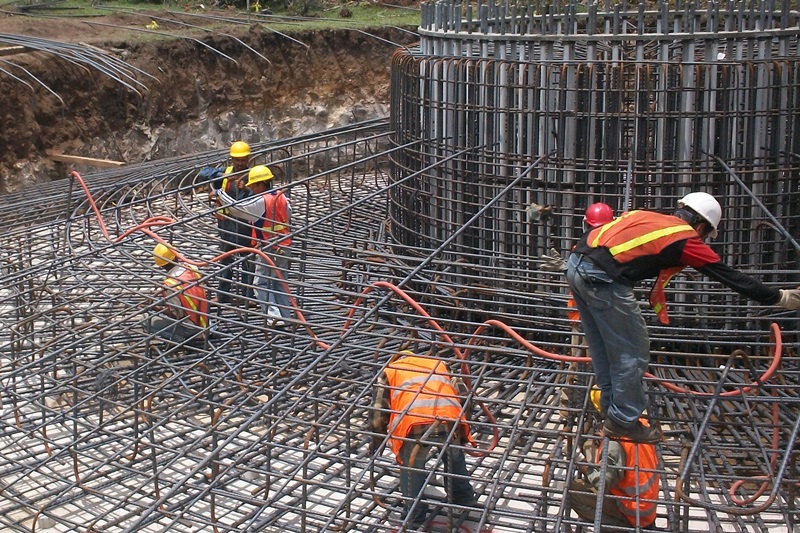The air we breathe in is essential for our survival. But, if you are living in a city or any place near a factory, getting mountain quality pure air is next to impossible. Debris, dust and particles form a large part of the oxygen we inhale. But if it is so bad for someone living in just close proximity to a factory, you can imagine how it is for people working inside those factories. This is where industrial dust extraction systems come to play.

Dust extraction systems: Definition and Working:
Dust extraction or dust collectors, as the name itself suggests, is a system used to purify the air by extracting all the dust particles and enhances the air quality. It differs from air purifiers in ways that air purifiers use a filter to stop the passage of dust, but industrial dust extraction systems trap the dust particles as its working principle is capture, convey and collect. This is essential as it also used to trap and recollect valuable particles which might have escaped into the atmosphere. In case of a professional scale, be it for a small business or a high-flying factory, investing in industrial dust extraction systems will provide benefits for the overall health of yourself and that of your workers.
Though it may seem like a luxury, it is of advised to install one as industrial dust extraction systems will ensure the safety of your workspace as the dangers are higher for people who work in a closed and small workspace. Long exposure to workplace dust causes serious health damage like bronchiolitis, severe brain damage, eye and throat infection and even skin cancer. Wood splinters might also get inhaled and that can cause internal bleeding or if you stumble and fall upon these splinters, you might incur extensive external damages.

The working principle of industrial dust extraction systems is simple. Firstly, it captures the dust, and this is accomplished by capture hoods on the devices which traps these particles at the source of production. Secondly, these captured dust particles are conveyed via the properly sized and regulated ducting system.
These ducting systems need to be maintained at a consistent air velocity which keeps the particles in suspension and ensures complete transfer to the collection device. Thirdly, these dust particles are collected via various means such as a pass-through filter, or a cyclonic separator, which segregates the particles further, or with a wet scrubber, which is chemically treated. A vacuum cleaner is a small-scale dust extraction system where the high suction nozzle captures the dust particles, which is conveyed via a pipe and gets collected in a bag.
By doing this, you will be ensuring a safer and cleaner workplace which will result in better performances from your employees and workers. When you are installing the dust collector, you need to make sure that all the components are fitted properly. There are five major components in these industrial dust extraction systems namely, collection hood, ductwork, dust collector, fan and discharge equipment or material handling. You also need to ensure that the temperature, air pressure and the velocity is up to the properly regulated mark to avoid future problems.
It is to be noted that increasing the velocity of the suction will not guarantee efficient functioning of the dust collector, abrasive materials and corrosive particles will do more damage to the extraction system if put under high velocity, not to mention the massive amount of energy and electricity loss.

 by
by 

